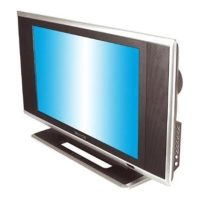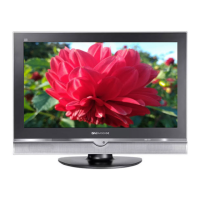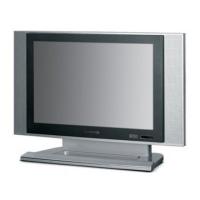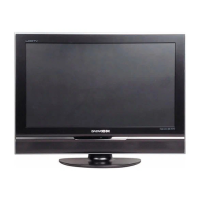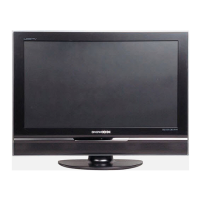What to do if Daewoo Plasma TV has no picture in External input mode?
- AAngela RiveraSep 10, 2025
If your Daewoo Plasma TV displays no picture when using an external input, first, make sure the AC connection is properly connected and that the power switch is in the ON position. Next, check the adapter, inverter, and panel. Finally, inspect the main PCB and sub-JACK PCB.





